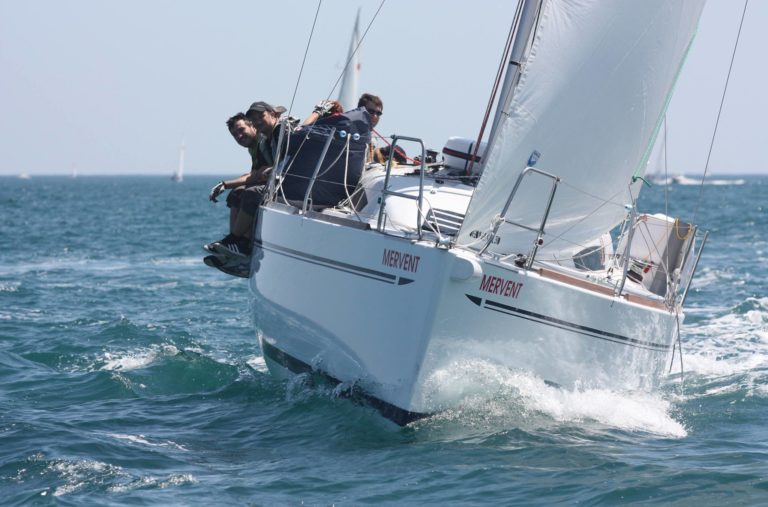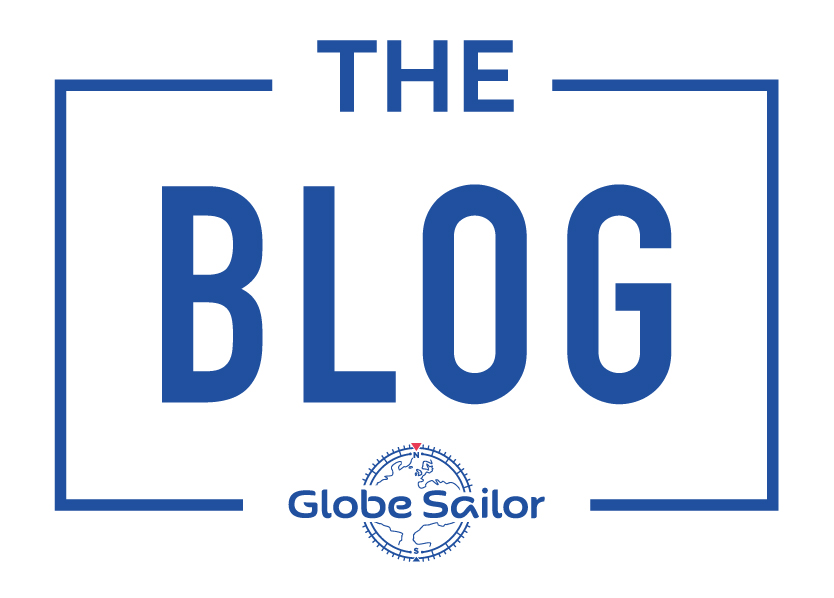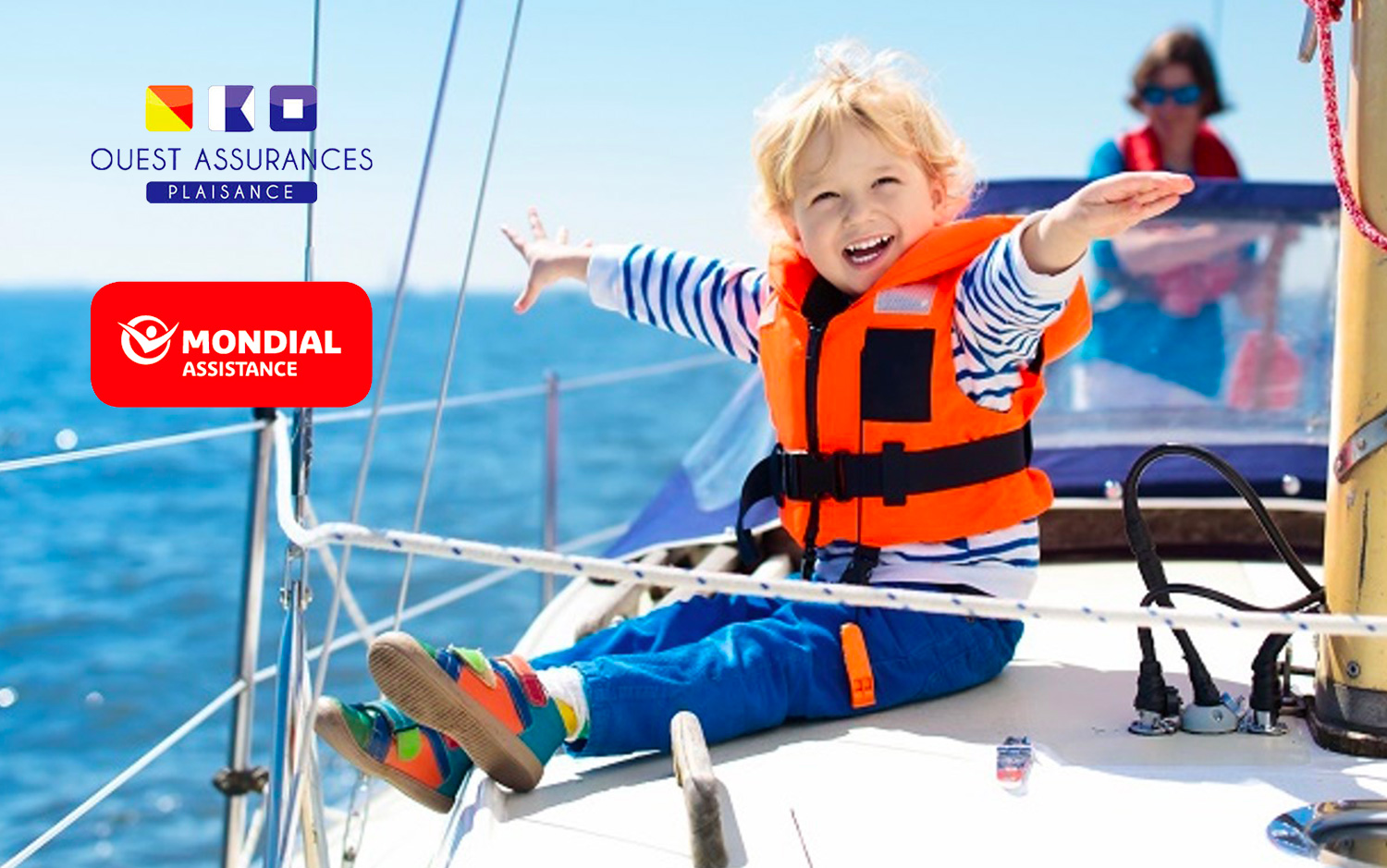Before meeting your crew for your long-awaited yacht charter, we recommend that you monitor your temperature regularly before departing, especially the night before and the morning of departure. If your temperature does not exceed 37.8°C and you do not present any of the symptoms related to COVID-19 (cough, fever, abnormal fatigue, …), you can board the boat and regain your freedom, which has been put to the test over the last few weeks… Whilst of course maintaining the recommended barrier gestures on the pontoons, with your crew or during stopovers!
We recommend that (even if all the crew members are in perfect health) you take your temperature every morning. Before casting off during the handover, the skipper will have to remind the crew of the barrier gestures that are essential to maintain safety on board and to respect the public health guidelines. Be sure to maintain the social distancing rules where possible – favour side-by-side rather than face-to-face interactions, wash your hands several times a day with soap or alcohol-based gel. Do not drink from the same bottles or glasses. Wash your dishes with paper towels or a clean cloth and put them away immediately. Try to keep your own cutlery. Ventilate the boat and cabins regularly if weather and sailing conditions permit. These gestures seem obvious but can be neglected at sea and especially when confined to the same vessel.
How do you recognise the onset of symptoms of COVID-19?
The usual symptoms of the virus can appear in the form of a temperature, cough or fatigue, but also respiratory discomfort, headaches, aches and pains. Loss of smell and taste, as well as a sore throat or digestive discomfort may also signal a COVID-19 infection.

What if a crew member presents with some of these symptoms?
If one of your crew members presents these types of symptoms on board, it is up to the skipper to make the necessary decisions regarding the management of the patient. The skipper is responsible for the ship, the crew and above all, for your safety. Even if there are no complications and the patient’s temperature is normal, it is essential to monitor the patient’s status and to isolate him/her in a cabin (open the porthole if possible). If possible, reserve a shower/toilet cabin for patient-use only, and ventilate it as much as possible. Also, use dedicated dishes for him and a dedicated plastic bag for his/her garbage only. Wear gloves as often as possible, especially when handling the patient’s personal belongings, garbage, or food.
We recommend that you go to the nearest port and to follow instructions from the relevant authorities. The entire crew must always wear a mask and be vigilant with regard to barrier gestures and distancing measures. If you are not too far from the departure base, we advise you to return to the port of departure as soon as possible.
Call the Coast Guard on VHF Channel 16 to inform them and take their advice, then notify the harbour master’s office of a suspected case of COVID-19 on board your vessel. The port authorities will be able to inform you of the procedure and protocol that follows. They will guide you in the organisation of disembarkation and will probably have the telephone number of doctor and/or ambulance, if necessary. In any case, it is strongly recommended that other crew members remain on board (on the exterior of the boat) while you receive instructions. Keep your masks on and limit contact with each other.
Finally, notify your charter company and the local charter base. If you have disembarked in a port other than the rental base, you will have to organise the boat’s delivery.
The skipper will make the necessary arrangements to disinfect the boat, equipment, cushions and bedding to navigate in safe sanitary conditions.
It is very likely that on your return, a 14-day quarantine will be imposed on you due to prolonged contact with an infected person. Get in touch with the health authorities in order to have your own infection risk assessed and to arrange any appropriate follow-up.




